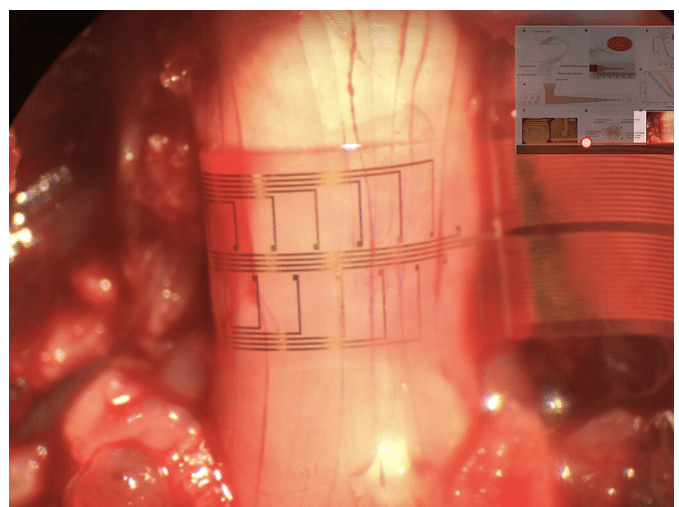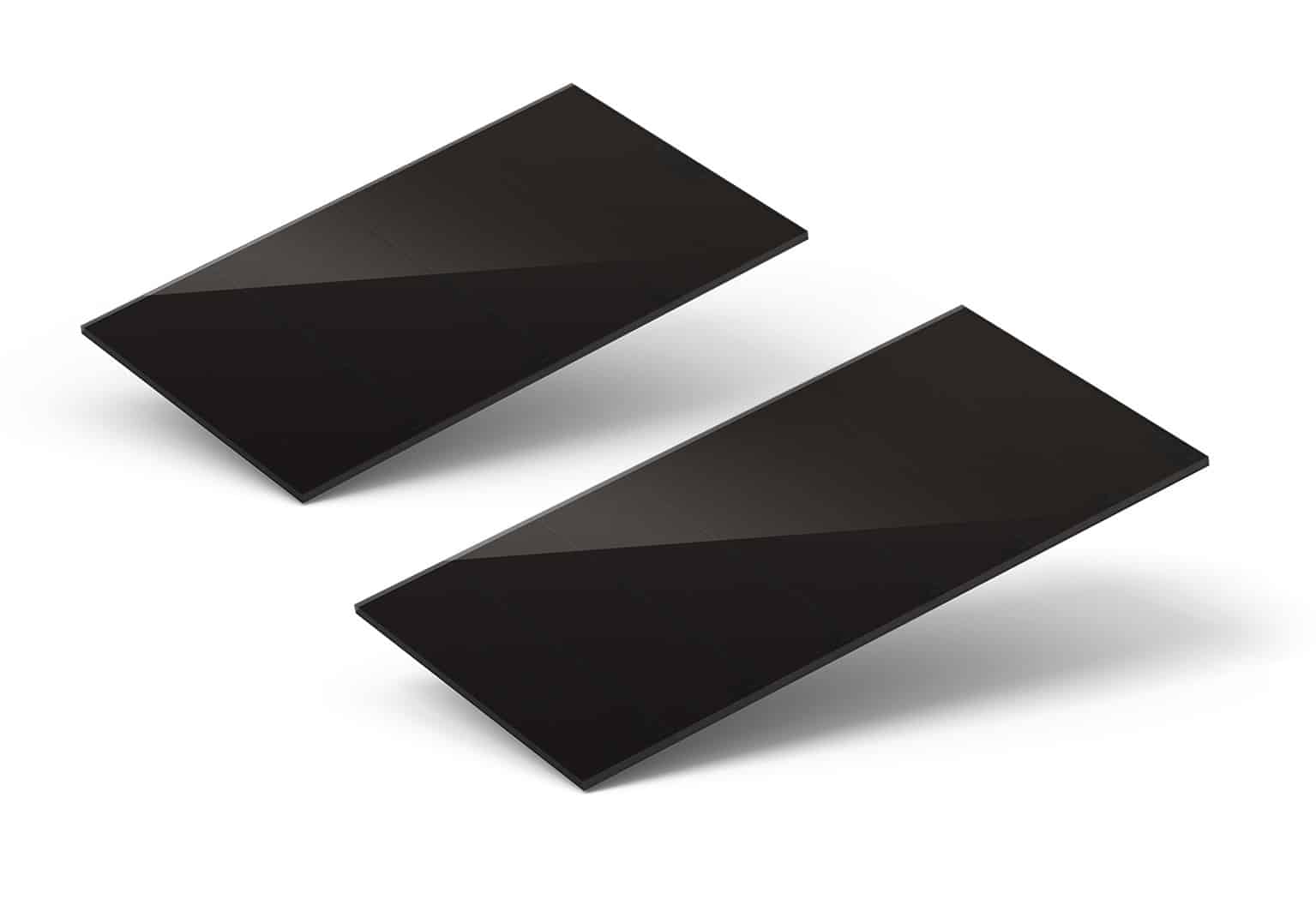Batteries are essential for powering many Internet of Things (IoT) devices, particularly wireless sensors, which are now deployed by billions. But batteries are often difficult to access and expensive to change because it’s a manual process. Anything that can be done to maximize the life of batteries and minimize or eliminate the need to change them during their operating life is a worthwhile endeavour and a significant step toward sustainability and efficiency.
Taking the example of a wireless sensor, this is a five-step process:
- Select the components for your prototype device: sensor, MCU, and associated electronics.
- Use a smart power supply with measurement capabilities to establish a detailed energy profile for your device under simulated operating conditions.
- Evaluate your battery options based on the energy profile of your device.
- Optimize the device parameters (hardware, firmware, software, and wireless protocol).
- Make your final selection of the battery type and capacity with the best match to your device’s requirements.
Selecting device type and wireless protocol
Microcontroller (MCU) is the most common processing resource at the heart of embedded devices. You’ll often choose which one to use for your next wireless sensor based on experience, the ecosystem with which you’re most familiar, or corporate dictate. But when you have a choice and conserving energy is a key concern for your application, there may be a shortcut.
Rather than plow through thousands of datasheets, you could check out EEMBC, an independent benchmarking organization. The EEMBC website not only enables a quick comparison of your options but also offers access to a time-saving analysis tool that lists the sensitivity of MCU platforms to various design parameters.
Most IoT sensors spend a lot of time in sleep mode and send only short bursts of data. So, it’s important to understand how your short-listed MCUs manage sleep, idle and run modes, and how efficiently they do that.
Next, you need to decide on the wireless protocol(s) you’ll be using. Range, data rate, duty cycle, and compatibility within the application’s operating environment will all be important considerations.
![]()
Figure 1 Data rates and range are the fundamental parameters considered when choosing a wireless protocol. Source: BehrTech
Once you’ve established the basics, digging into the energy efficiency of each protocol gets more complex and it’s a moving target. There are frequent new developments and enhancements to established wireless standards.
At data rates of up to 10 Kbps, Bluetooth LE/Mesh, LoRa, or Zigbee are usually the lowest energy protocols of choice for distances up to 10 meters. If you need to cover a 1-km range, NB-IoT may be on your list, but at an order of magnitude higher energy usage.
In fact, MCU hardware, firmware and software, the wireless protocol, and the physical environment in which an IoT device operates are all variables that need to be optimized to conserve energy. The only effective way to do that is to model these conditions during development and watch the effect of changes on the fly as you make changes to any of these parameters.
Establish an initial energy profile of device under test (DUT)
The starting point is to use a smart, programmable power supply and measurement unit to profile and record the energy usage of your device. This is necessary because simple peak and average power measurements with multimeters can only provide limited information. The Otii Arc Pro from Qoitech was used here to illustrate the process.
Consider a wireless MCU. In run mode, it may be putting out a +6 dBm wireless signal and consuming 10 mA or more. In deep sleep mode, the current consumption might fall below 0.2 µA. That’s a 50:1 dynamic range and changes happen almost instantaneously, certainly within microseconds. Conventional multimeters can’t capture changes like these, so they can’t help you understand the precise energy profile of your device. Without that, your choice of battery is open to miscalculation.
Your smart power supply is a digitally controlled power source offering control over parameters such as voltage, current, power, and mode of operation. Voltage control should ideally be in 1 mV steps so that you can determine the DUT’s energy consumption at different voltage levels to mimic battery discharge.
You’ll need sense pins to monitor the DUT power rails, a UART to see what happens when you make code changes, and GPIO pins for status monitoring. Standalone units are available, but it can be more flexible and economical to choose a smart power supply that uses your computer’s processing resources and display, as shown in the example below.
![]()
Figure 2 The GUI for a smart power supply can run on Windows, MacOS, or Ubuntu. Source: Qoitech
After connecting, you power and monitor the DUT simultaneously. You’re presented with a clear picture of voltages and current changes over time. Transients that you would never be able to see on a traditional meter are clearly visible and you can immediately detect unexpected anomalies.
![]()
Figure 3 A smart power profiler gives you a detailed comparison of your device’s energy consumption for different hardware and firmware versions. Source: Qoitech
From the stored data in the smart power supply, you’ll be able to make a short list of battery options.
Choosing a battery
Battery selection needs to consider capacity, energy density, voltage, discharge profile, and temperature. Datasheet comparisons are the starting point but it’s important to validate the claims of battery manufacturers by benchmarking their batteries through testing. Datasheet information is based on performance under “normal conditions” which may not apply to your application.
Depending on your smart power supply model, the DUT energy profiling described earlier may provide an initial battery life estimate based on a pre-programmed battery type and capacity. Either the same instrument or a separate piece of test equipment may then be used for a more detailed examination of battery performance in your application. Accelerated discharge measurements, when properly set up, are a time-saving alternative to the years it may take a well-designed IoT device to exhaust its battery.
These measurements must follow best practices to create an accurate profile. These include maintaining high discharge consistency to achieve a match to the DUT’s peak current, shortening the cycle time and increasing sleep current so that the battery can recover. You should also consult with battery manufacturers to validate any assumptions you make during the process.
You can profile the same battery chemistries from different manufacturers, or different battery chemistries, perhaps comparing lithium coin cells with AA alkaline batteries.
![]()
Figure 4 The comparison shows accelerated discharge characteristics for AA and AAA alkaline batteries from five different manufacturers. Source: Qoitech
By this stage, you have a good understanding of both the energy profile of your device and of the battery type and capacity that’s likely to result in the longest operating life in your applications. Upload your chosen battery profile to your smart power supply and set it up to emulate that battery.
Optimize and iterate
You can now go back to the DUT and optimize hardware and software for the lowest power consumption in near real-world conditions. You may have the flexibility to experiment with different wireless protocols, but even if that’s not the case, experimenting with sleep and deep-sleep modes, network routing, and even alternative data security protocols can all yield improvements, avoiding a common problem where 40 bytes of data can easily become several Kbytes.
Where the changes create a significant shift in your device’s energy profile, you may also review the choice of battery and evaluate again until you achieve the best match.
While this process may seem lengthy, it can be completed in just a few hours and may extend the operating life of a wireless IoT edge device, and hence reduce battery waste, by up to 30%.
![]() Björn Rosqvist, co-founder and chief product officer of Qoitech, has 20+ years of experience in power electronics, automotive, and telecom with companies such as ABB, Ericsson, Flatfrog, Sony, and Volvo Cars.
Björn Rosqvist, co-founder and chief product officer of Qoitech, has 20+ years of experience in power electronics, automotive, and telecom with companies such as ABB, Ericsson, Flatfrog, Sony, and Volvo Cars.
Related Content









